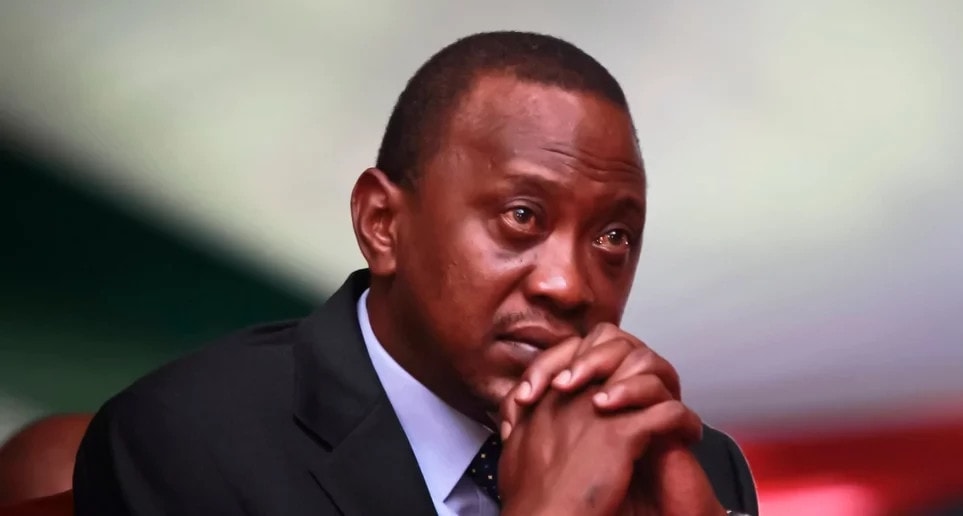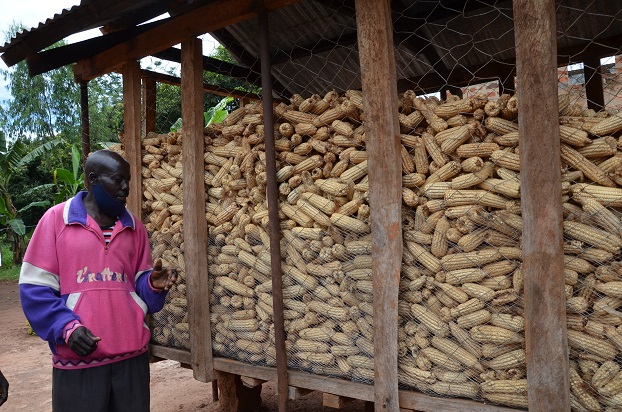Kenya’s debt-ceiling review not only shifts the goalposts but also changes the rules on the how goals are scored, and that could move the government closer to debt distress.
Lawmakers last week approved the government’s plan to present the debt limit in absolute figures and not as a percentage of gross domestic product. The National Treasury proposed a ceiling of 9 trillion shillings ($86 billion), which allows it to increase borrowing to almost match the size of the entire economy, and would be about double the previous cap of 50% of GDP, with the debt at net present value.
Breaching Limit
East Africa’s biggest economy is trying to balance building new infrastructure while narrowing the hole in its budget. It had about $3.8 billion of stalled projects to build new roads, dams and rail links as of June last year partly because the government didn’t have funds to disburse. It’s cutting spending on everything from travel to printing and advertising, using the savings to complete halted plans before investing in new ones.
“The move effectively removes any restrictions on debt accumulation for the foreseeable future due to the magnitude of the ceiling,” said Jacques Nel, the chief economist for southern and East Africa at NKC African Economics.
Debt Surge
Already, the government is negotiating or about to sign 44 loan agreements valued at about $4.1 billion with 15 lenders including the African Development Bank, China, Japan and the World Bank, parliament documents show.
The higher limit could derail Kenya’s planned fiscal consolidation, the Parliamentary Budget Office, which advises lawmakers on spending policies, said Oct. 7. The new cap is likely to increase borrowing outside the country’s borders because the government has already crowded out businesses from the domestic market, and that raises refinancing risks, it said.
“There should be a limit on external borrowing at commercial rates to contain external vulnerabilities,” the PBO said, adding that the auditor general should undertake a forensic audit on the current stock of public-sector debt, and that new rules are needed on pre-approving of debt-financed projects.
Raised Risk
Lifting of the ceiling is meant “to create transparency and headroom,” Principal Treasury Secretary Julius Muia said by phone. “We are going to be very methodical in taking on more debt.”
The International Monetary Fund in October raised the probability of Kenya’s external debt distress to moderate from low due to increasing refinancing risks. The IMF recommends the present value of emerging-market nations’ debt shouldn’t exceed 74% of GDP; Kenya set a lower cap of 50% and has breached it.
The IMF estimates the ratio for Kenya at 59.9% for this year. The nation first breached the debt threshold in 2016, when it rose to 50.6% of GDP amid increased borrowing to fund construction of projects such as railways and roads, official data show.
Debt Costs
Kenya is already exceeding the recommended limits for debt-servicing costs; the IMF’s recommended threshold is 30% of revenue, but the country’s reading for 2017 was 42.7%.
“The economy is not generating enough revenues to cover the debt-servicing requirements,” the PBO said. “The risk is that that country will continue to borrow to repay the existing debts and not for development expenditure as contemplated in law.”





